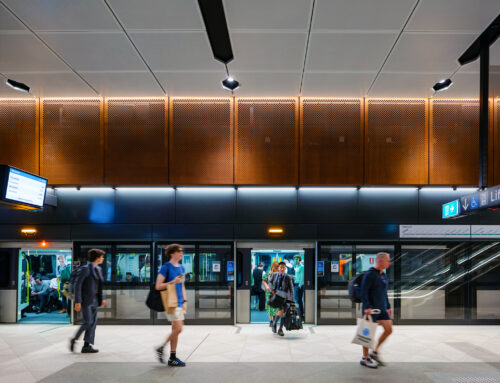Brisbane’s Olympic venues aren’t just about a 2-week event in 2032; they’ll shape the city for generations. With a mix of new, temporary and upgraded venues, we have a unique opportunity to create spaces that are:
- architecturally bold – designed to be iconic, open and world-class.
- highly flexible – designed to seamlessly transition between sports, concerts and public events.
- cost-effective and sustainable – designed for the long term while minimising upfront costs, avoiding operational constraints and subsequent expense.
But, great venues aren’t created by ticking compliance boxes or rushing fire safety through the approvals process, last minute. The best projects embed strategic fire principles from the outset, ensuring that every stakeholder benefits. This includes government stakeholders, designers, builders, staff, media, visitors and of course, athletes and performers.
When a fire engineering team comes on board late, everyone pays the price:
- Architects may find their design intent compromised.
- Government and Olympic delivery stakeholders face unexpected costs, delays and challenges in approvals.
- Contractors struggle with late-stage design changes, disruptions to the schedule and construction headaches.
- Visitors find it difficult to navigate a space, queuing too long for the nearest toilet or missing a large part of the game while on the hunt for food outlets.
- Everyone loses out as there are wasted areas that could have enhanced seating capacity, hospitality or future flexibility of venues.
The impact of embedding strategic fire principles early
Start with the end in mind
Successful Olympic venues aren’t just designed for a 2-week event—they must serve communities, athletes and businesses for decades. A fire strategy should be built around how a venue will be used not just in 2032, but in 1, 5 and 10 years’ time.
By embedding fire safety principles early, venues can adapt seamlessly to future needs – whether hosting international sporting events, concerts, public gatherings or community programs. Without this foresight, venues risk operational constraints, unnecessary costs and lost opportunities.
Fire safety as an enabler
By locking in a holistic fire strategy early for Bay Pavilions in New South Wales, Australia—a mixed used sports and public arts venue—we were able to use fire safety as an enabler to create an architecturally stunning, cost-efficient, sustainable and flexible space for a wide range of public uses.
The fire strategy enabled:
- doubling the allowable fire compartment based on a first principles evaluation, avoiding intrusive fire walls that would have disconnected the flow of the venue, without compromising on safety
- reducing sprinkler coverage by 80 per cent, focusing only on areas that truly added safety value (after all, who needs sprinklers over a swimming pool?)
- sustaining the architectural intent, ensuring mass timber could be integrated seamlessly.
Maximise commercial opportunities
On a different project, where we retrofitted a fire strategy into an indoor venue to cater for sports and world-class artists, we found the venue had 20 per cent more exits than needed under international best practice fire safety guidelines. The impact of this included:
- lost premium seating in the venue
- lost hospitality space in the concourse
- inefficient design that limited operational flexibility.
If a performance-based fire safety strategy was embedded before construction, we could have optimised the exit provisions through a more effective smoke exhaust strategy. This approach would have improved evacuation safety and maximised revenue generation for the venue while delivering a higher level of safety for occupants.
Keep construction on track and within budget
Proactive fire safety planning creates value for money, streamlines design coordination and reduces unforeseen costs and delays.
Our 5-step approach

Step 1: Procurement planning
Define the fire safety objectives, key stakeholders and approvals roadmap at the earliest stages, before contracts are locked in.

Step 2: Early concept strategy
Integrate fire safety principles early to optimise fire compartmentation, evacuation and fire-related building services’ strategies, before layouts are locked in.

Step 3: Stakeholder alignment
Secure early buy-in on fire engineering methodologies, assumptions and requirements, before detailed design.

Step 4: Fire engineering report
Translate the fire strategy into clear, specific and measurable fire safety provisions that can be seamlessly implemented by the builder and their subcontractors.

Step 5: Real-world testing
Validate and commission fire strategies well ahead of handover to ensure the venue is ready to go on day one.
Done this way, fire engineering isn’t a constraint. It becomes a foundation for adaptable, high-performance venues that stand the test of time.
Our vision for Brisbane’s Olympic legacy
The most successful venues don’t just meet compliance, they set new benchmarks for design, safety and adaptability. If we get this right, Brisbane’s Olympic venues will:
- achieve world-class architectural visions without compromise
- maximise useable space and commercial opportunities for long-term viability
- eliminate unnecessary costs and delays with a streamlined fire strategy
- remain adaptable and sustainable for decades beyond 2032.
The Olympic Games offer Brisbane a once-in-a-lifetime opportunity to create a lasting legacy in venue design. Let’s not waste it.










